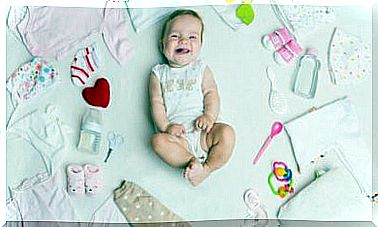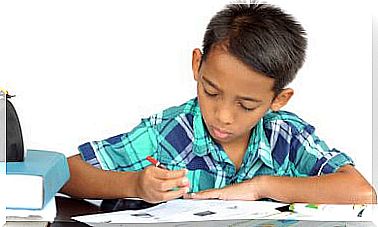Music Therapy For Autistic Children
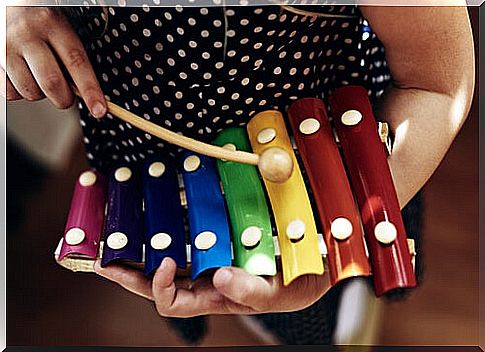
Music therapy for autistic children is a powerful tool for making children enjoy and interact positively with other people. It is also a means to help them express themselves and, therefore, improve their quality of life.
As its name indicates, music therapy uses music to meet psychic and emotional needs for therapeutic purposes. Thus, through sound it seeks to alleviate, rehabilitate, improve and even prevent discomfort.
Although at first glance it seems that it only acts on the plane of psycho-emotional health, music therapy is also capable of attending to physical needs.
However, in the case of autistic children, music not only helps them relax and release tension, but also encourages them to seek new forms of communication and to establish relationships with their environment. On the other hand, it helps them optimize their learning capacity.
By helping them emotionally, children feel more open to social interaction. This helps them to improve coexistence and, of course, to integrate. In this way conditions such as stress, anxiety and depression are avoided.
Since music has been scientifically proven to have a positive effect on the brain, music therapy has become a very popular tool in various treatments.
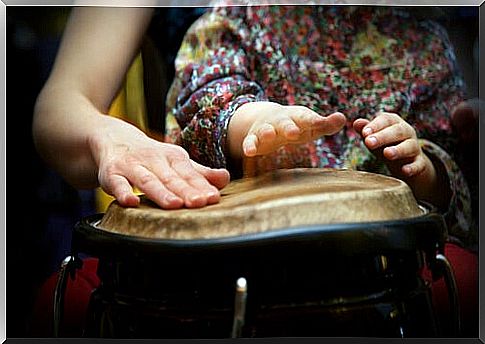
The importance of music therapy for children with autism
Because there is a tendency to isolation in patients with autism, it is necessary to gently help them to socialize.
According to a study dating from 1987, published in the Journal of Autism and Developmental Disorders, children with autism do not lose musical sensitivity, and can perceive it in the same way as anyone else.
This same study indicates that children can achieve a higher attraction or attachment to music than other people, since they are able to experience it in greater depth.
Music therapy for autistic children stimulates through harmonies, rhythms and melodies, and specifically:
- Vocalization activities.
- Song humming games.
- Playful exercises of musical creation.
- Sing individually or in a group.
- Play different musical instruments.
- Production of rhythms spontaneously through the use of different sounds.
4 benefits of music therapy for autistic children
1. Reduce aggressive behaviors
Music therapy for autistic children can have positive effects on their behavior, as well as on other attitudes of the same type, such as tantrums, seizures and restlessness for no apparent reason.
2. Increase coordination
Dance therapy can be included in music therapy sessions for autistic children, which improves the coordination of their limbs while releasing endorphins. On the other hand, music and dance help them to give a positive response to visual, auditory and kinesthetic stimuli.
3. Verbal and non-verbal communication is improved
There is no doubt that music, as an art, is a means of expression and in it we see different emotions and messages expressed.
Music therapy for autistic children helps them connect with people not only verbally but also gesturally. In this way, children feel more motivated when it comes to communicating.
4. Decreases anxiety attacks
Also, music therapy for autistic children allows them to focus their thoughts on activity and consequently, their anxiety is reduced. Little by little they focus on the sound and relax.
The fact follow the patterns of music is very beneficial both in music therapy for autistic children and other types of treatment to reduce anxiety.
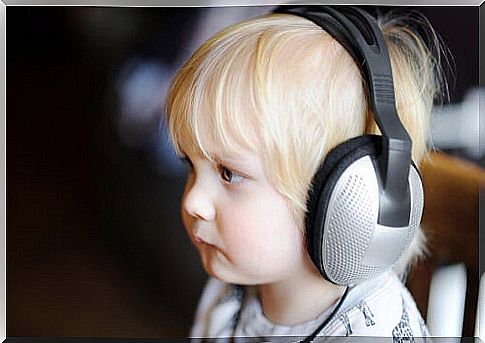
How are music therapy sessions for autistic children?
Music therapy sessions for autistic children should preferably be planned in advance and guided by a specialist so that the objectives are met and the children can benefit.
Likewise, it is necessary for the specialist to take into account the personality of the children and to apply different techniques to make everyone feel good. In other words, generalizations are not helpful.
If necessary, case studies can be made and children with similar personality traits can be grouped into a given activity to make it comfortable for them.
On the other hand, it is also important to devise activities that the whole group can enjoy so as not to mark permanent divisions.


